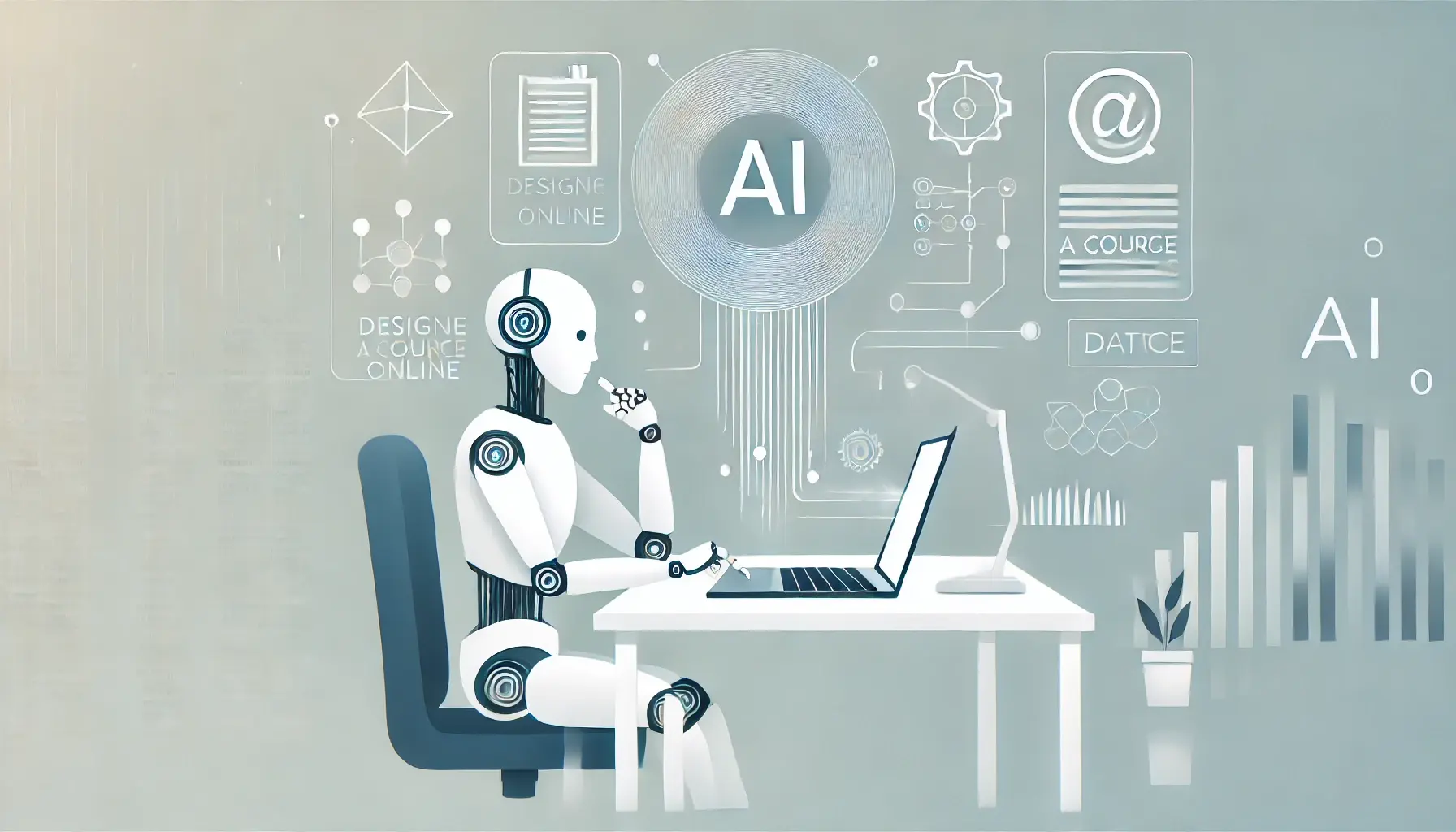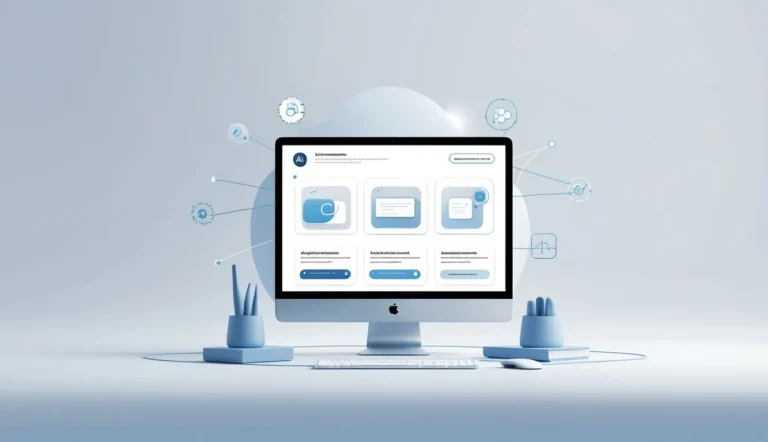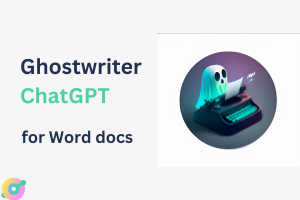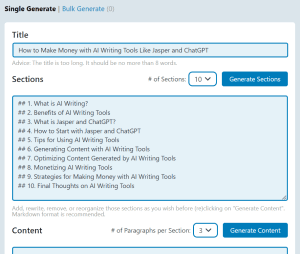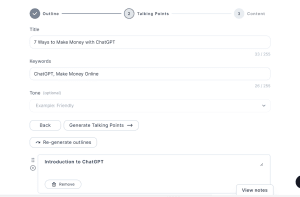Creating an online course has never been easier, thanks to the rise of artificial intelligence.
AI can help you streamline many parts of the course creation process, whether you’re planning, developing content, or delivering it to your audience.
These AI tools provide valuable assistance, saving you both time and effort.
Developing your course strategy
Creating an online course with AI requires a solid strategy. This includes understanding your audience, choosing the right topic, and setting clear objectives.
Identifying your target audience
When developing your course strategy, your first step is to figure out who your target audience is. This involves understanding their needs, learning preferences, and pain points. Are you targeting busy professionals, students, or hobbyists?
Spend time researching your potential students. Look at forums, social media groups, and surveys to gather insights.
For instance, educators might need detailed lesson plans, while entrepreneurs may look for quick, actionable tips. By knowing your audience, you can tailor your course content to meet their specific needs.
Key questions to consider:
- Who are my potential students?
- What are their current pain points?
- What kind of content do they prefer?
Choosing a compelling course topic
Selecting a compelling topic is crucial for the success of your course. You want a topic that not only interests you but also addresses a significant gap in the market.
Research trending topics in your industry and analyze competitors to find areas where demand is high but supply is low.
Consider using AI tools for content research and curation. These tools can help analyze market needs and suggest topics that resonate with your audience.
Also, make sure your topic aligns with your expertise and passion. This will make the course creation process more enjoyable and authentic.
Questions to guide you in choosing your topic:
- What are the current trends in my industry?
- What topics are my competitors covering?
- How can I offer a unique perspective or solution?
Setting clear course objectives
Establishing clear objectives is vital in planning your course.
Start with broad objectives and break them down into specific, measurable learning milestones. This not only helps in structuring your course but also provides a clear roadmap for your students.
Consider what you want your students to achieve by the end of the course. For businesses and entrepreneurs, objectives might include mastering a new skill or gaining a certification.
Meanwhile, educators may aim to cover a specific curriculum or improve student engagement.
Key steps to setting objectives:
- Define broad course goals (e.g., understanding basic AI applications).
- Break down these goals into specific milestones (e.g., completing a project, or passing a test).
- Ensure each objective is measurable to track student progress.
Leveraging AI for course creation and delivery
You can take advantage of AI to streamline the development of engaging content, enhance interactivity, and seamlessly integrate with learning management systems.
This approach can make the process more efficient and tailored to student needs.
Creating engaging content with AI tools
AI tools can help you develop high-quality educational content quickly. Using relevant AI tools you can generate text, images, and video content.
Tools like ChatGPT assist with natural language processing to create clear course materials.
You can also use machine learning for content creation by analyzing existing materials and editing them. Predictive analytics can suggest what content your learners may find most useful.
For example, AI can curate educational materials that match current trends.
AI can also help you automate repetitive tasks, such as grading quizzes. This ensures you spend more time on customization and creating engaging content.
Enhancing interactivity and personalization
AI can personalize the learning experience based on each student’s progress.
Adaptive learning technologies use predictive analytics to customize lessons. This means your course can adapt to the pace of each learner.
Interactive elements, such as chatbots, can provide instant feedback and maintain student engagement.
You can use AI to create personalized learning paths for your students, making the experience more relevant and effective.
AI-powered analytics can offer insights into community engagement and social learning. This helps you understand how students interact with the course materials and each other, allowing for further refinement.
Integrating with learning management systems
Integrating AI-driven tools with your Learning Management System (LMS) can simplify content delivery and tracking.
For instance, platforms like Mini Course Generator provides seamless integration with various LMSs.
These integrations ensure that content is easily shareable. They also make it easy to track learner progress, helping you manage your course better, from enrollment to completion.
You can also automate administrative tasks like enrollment, scheduling, and even reminders. This saves time and helps streamline the entire course delivery process.
Choosing the right AI tools and integrating them with your LMS will ensure a smooth, efficient process and an enhanced learning experience.
Additional resources and tools
Here’s a list of some useful tools:
- Jasper AI: Jasper
- Synthesia: Synthesia
- Murf AI: Murf
- Chatfuel: Chatfuel
- Moodle: Moodle
- Teachable: Teachable
- Thinkific: Thinkific
Using AI to create an online course can enhance the learning experience, save you time, and ensure your content stays relevant and engaging. Follow these steps to develop a comprehensive, high-quality course that meets the needs of your students.

